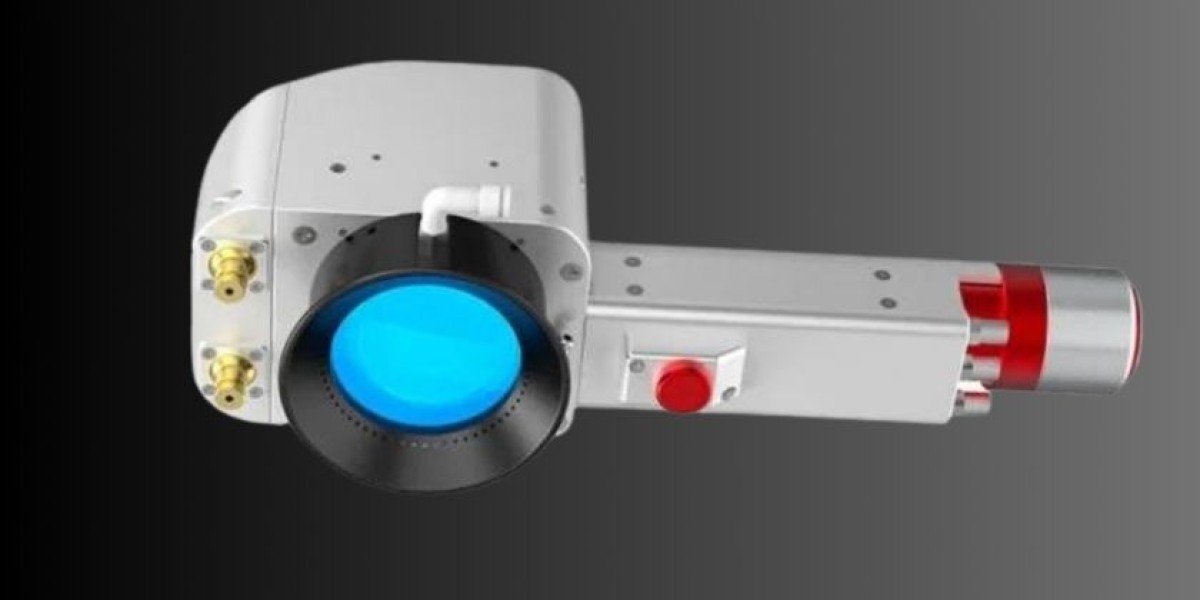Laser galvanometer systems, often referred to as laser galvo, are fascinating devices that play a crucial role in various applications ranging from laser marking and engraving to laser light shows and medical equipment. Understanding how to harness the power of laser galvo opens up a world of possibilities. In this comprehensive guide, we'll delve into what laser galvo are, how they work, their applications, and tips for optimizing their performance.
What are Laser Galvo?
Laser galvo are precision motors equipped with mirrors that can rapidly and accurately manipulate the direction of a laser beam. They are composed of two primary components: galvanometer motors and mirrors. The galvanometer motors move the mirrors in response to electrical signals, allowing precise control over the laser beam's position and direction.
How Do Laser Galvo Work?
The principle behind laser galvo is relatively simple yet powerful. When an electrical current is applied to the galvanometer motors, they generate a magnetic field that interacts with magnets inside the motor. This interaction causes the motor shaft to rotate. Attached to the shaft are mirrors, and as the shaft rotates, the mirrors tilt. By controlling the electrical signals to the galvanometer motors, the direction and speed of the mirrors' movement can be controlled with high precision.
Applications of Laser Galvos:
Laser Marking and Engraving: Laser galvo are widely used in marking and engraving systems for precise and fast marking on various materials like metals, plastics, and ceramics.
Laser Light Shows: In entertainment and events, laser galvo are used to create stunning laser light displays with intricate patterns and animations.
Medical Equipment: Laser galvo are utilized in medical devices for procedures like laser surgery and ophthalmology, where precision and control are crucial.
3D Printing: Some advanced 3D printers utilize laser galvo for rapid and precise curing or sintering of materials.
Scanning and Imaging: Laser galvo are employed in laser scanning systems for applications such as barcode scanning, microscopy, and LiDAR (Light Detection and Ranging).
Tips for Optimizing Laser Galvo Performance:
Calibration: Regular calibration ensures accuracy in laser positioning. Calibration corrects any errors in mirror movement, improving overall performance.
Choosing the Right Galvo: Selecting galvos based on speed, accuracy, and mirror size requirements is crucial for specific applications.
Controlling Heat: Galvos can generate heat during operation, affecting performance. Proper cooling systems or heat management techniques should be implemented.
Quality Optics: Using high-quality mirrors and lenses minimizes beam distortion and ensures precise focusing.
Driver Optimization: Utilize advanced galvo drivers and control software for smoother motion and better performance.
Maintenance: Keep the galvo system clean and lubricated for longevity and consistent performance.
Conclusion:
Laser galvanometer systems are versatile tools with applications across various industries. Understanding their principles of operation and optimizing their performance is essential for achieving the best results in laser-based applications. Whether you're marking intricate designs on products or creating mesmerizing laser light shows, unlocking the power of laser galvo opens up a world of creative and technical possibilities. With the right knowledge and techniques, laser galvo can truly unleash the full potential of laser technology.







